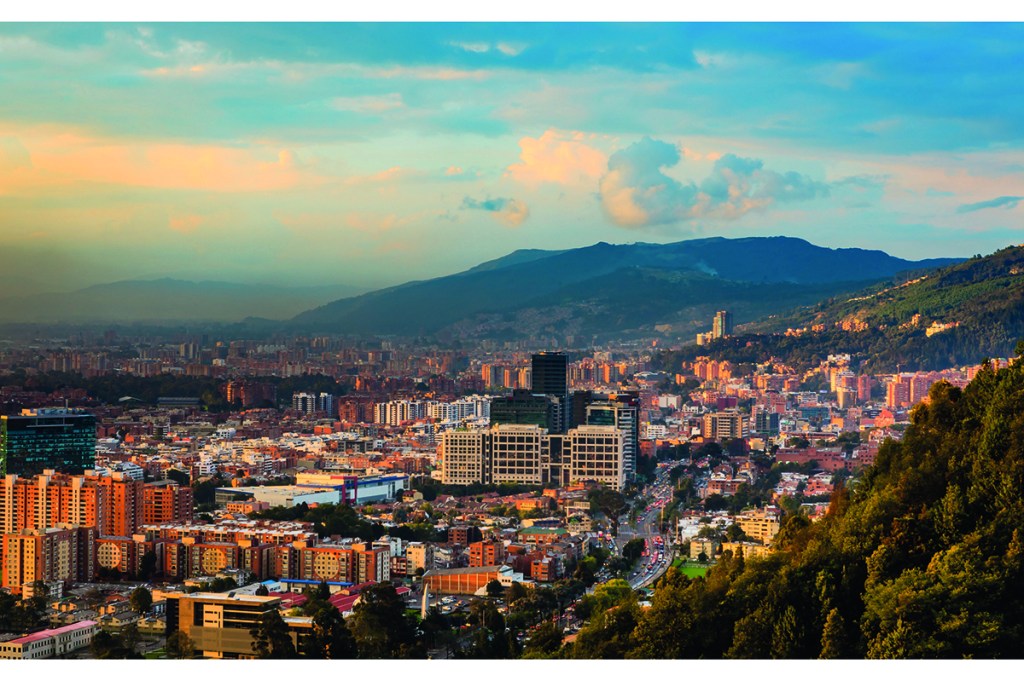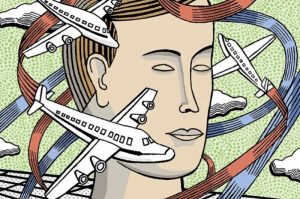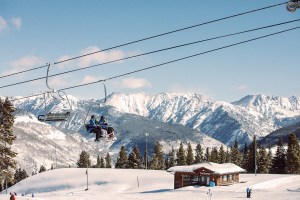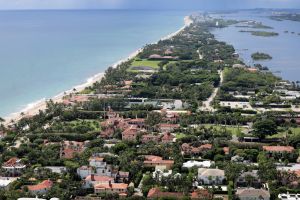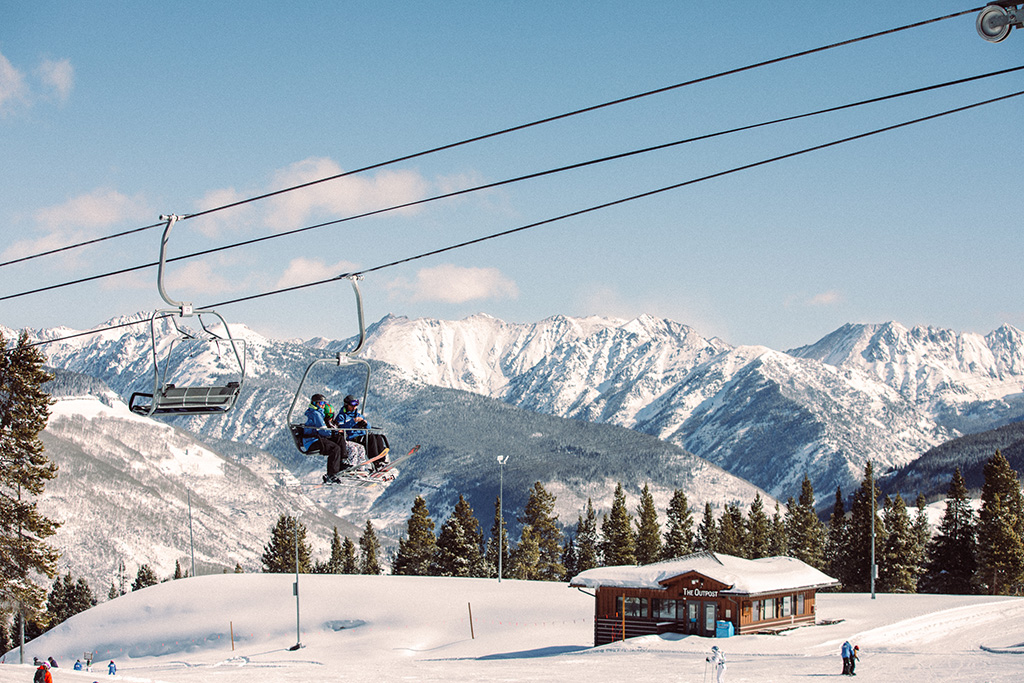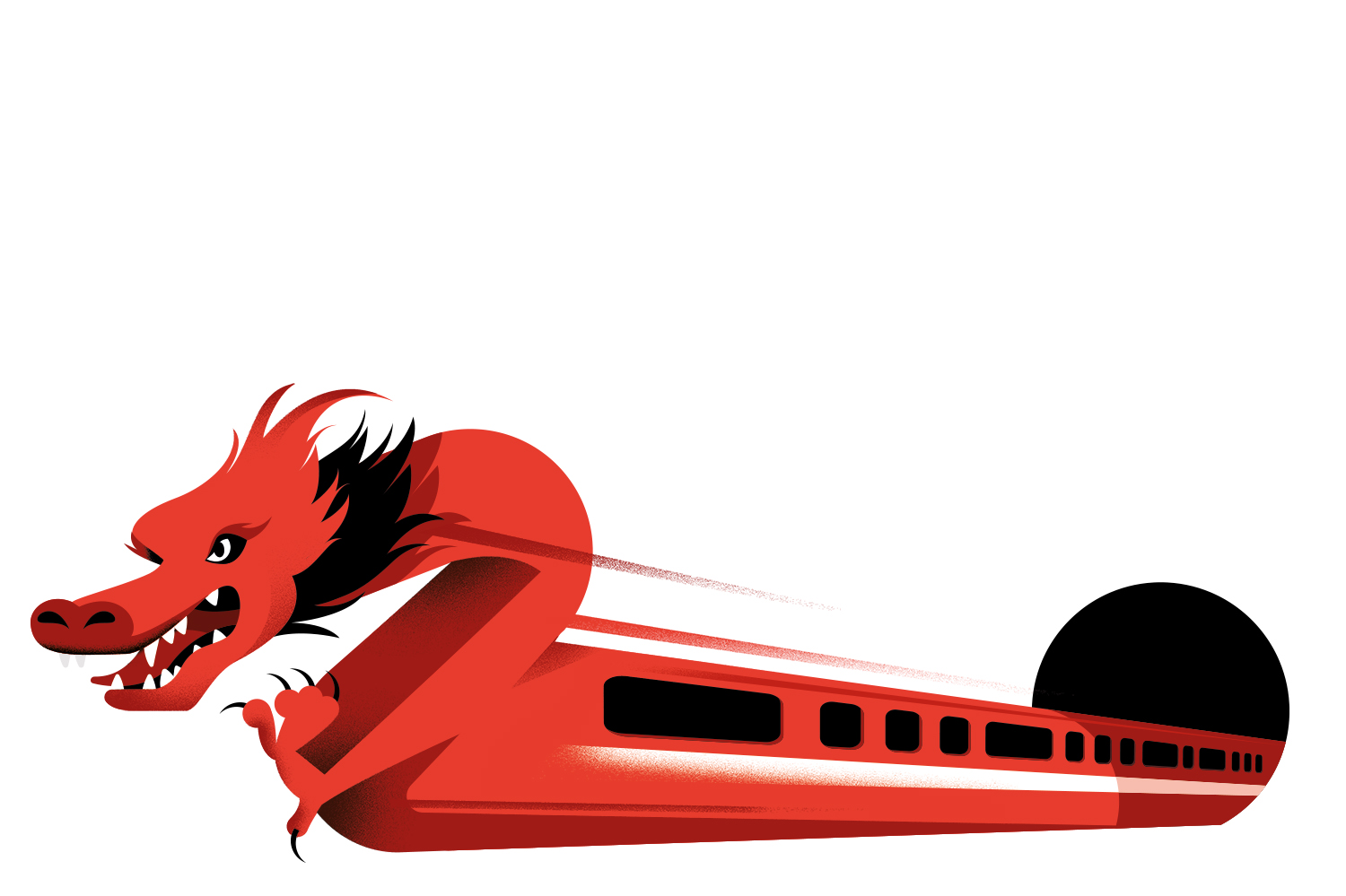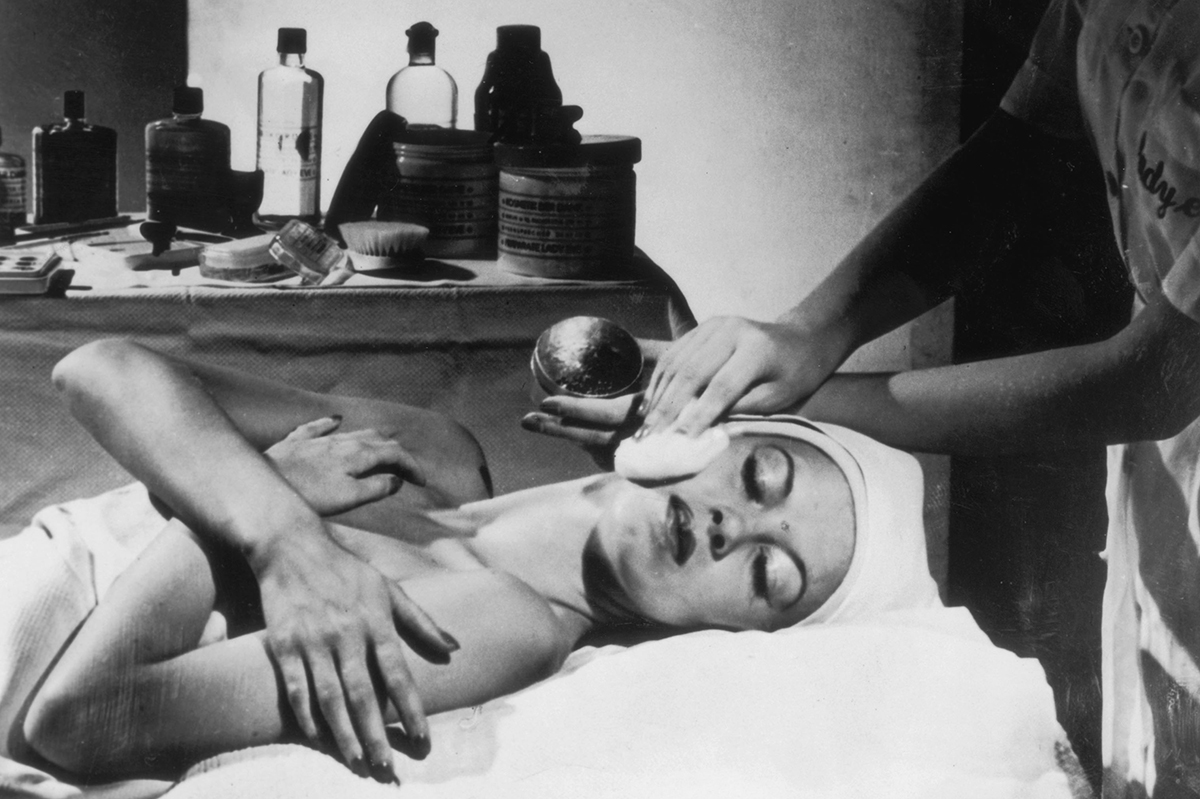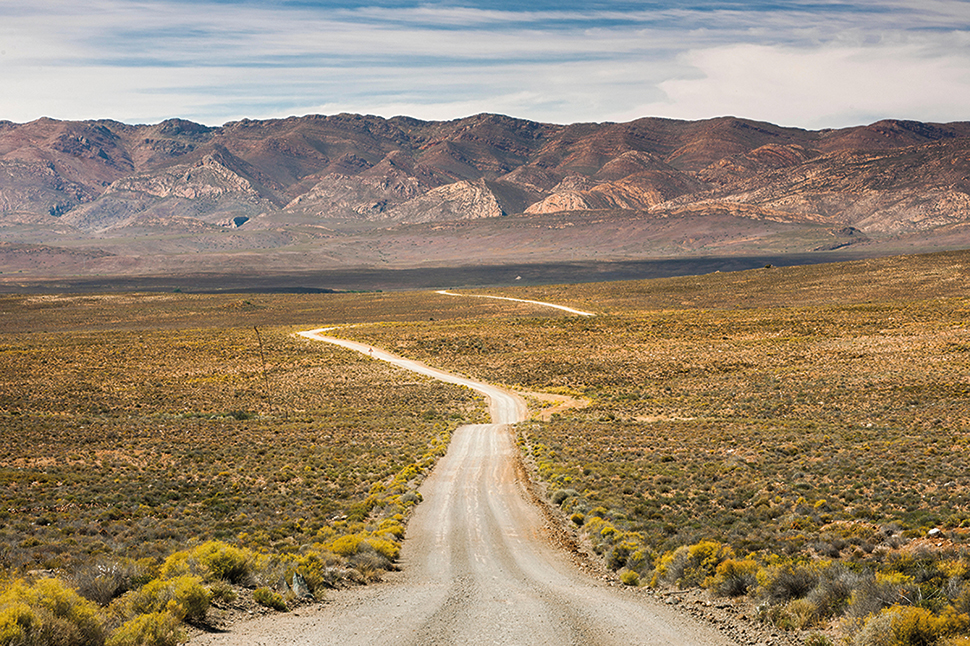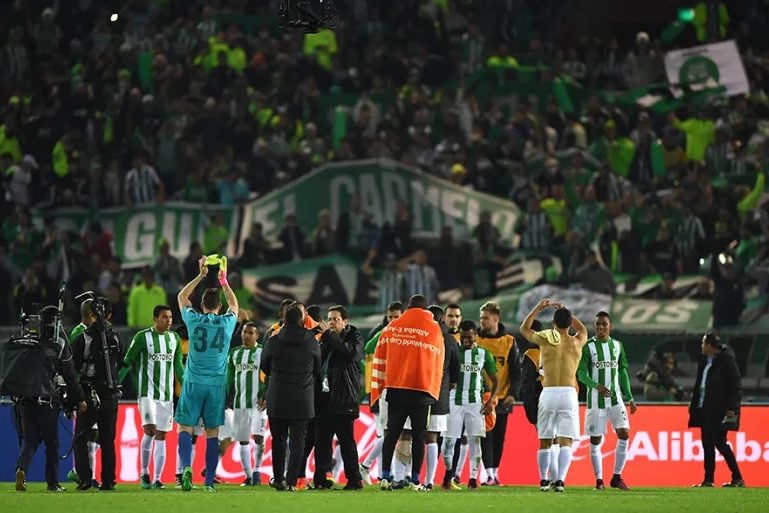Everyone comes to Bogotá looking for something. It’s always been that way. A thousand years ago, indigenous traders traveled to the markets in the Bogotá savanna to barter with the Muisca and exchange gold, emeralds, salt and cotton. The Spaniards arrived five centuries later in search of the treasures of conquest and the mythical city of gold that now lends its name to the international airport: El Dorado. The great revolutionary Simón Bolívar came in search of the capital of his South America republic Gran Colombia and to liberate the continent from Spanish rule.
I didn’t know what I was looking for when I first arrived in Bogotá. After hearing from friends that I spoke Spanish like their nephew’s favorite cartoon character, I could admit that my understanding of Colombia’s history and culture was likely cartoonish too. Perhaps seeing it for myself would change that. Or perhaps I was just chasing a girl from Washington to Bogotá, tempted by the invitation of adventure and a chance to see Colombia through her eyes.
Today Colombians flock to Bogotá seeking what they can’t find in their hometowns. Students for the best education. Adolescents to expand their social experiences. Families for economic opportunities. Simply, people come to live the big city life. The magnetic pull exerted by Bogotá extends beyond Colombians. Venezuelans come for freedom. Foreign businessmen come for investment. For many, Bogotá in its essence is a city of opportunity and has been since its founding.
As soon as my plane touched down, I was whisked straight into Bogotá’s nightlife: Reggaetón, bottles of aguardiente, tropical menthol cigarettes and Bon Bon Bum lollipops. Though rolos and cachacos, or people from Bogotá, aren’t known for their rhythm like their Cali or Caribbean cousins, my friends back home wouldn’t know better. It’s dance or die here: a night out often means saying more with your hips than with your lips. A nice change from the “so, where do you work?” shibboleth of the DC bar scene.
Next morning, the Venezuelan helper, a baker in another life, whips up doughy, deep fried mandocas and pours hot home-grown coffee — the perfect hangover cure. A capable cook, she had a career in Caracas before another communist-created crisis forced her to flee and join Colombia’s millions of empleadas de servicio or amas de casa: domestic service workers. Ready to start the day, my girlfriend and I head south down a winding road that hugs Bogotá’s Eastern Hills, which form the city’s natural walls and dominate the skyline. The most prominent, Monserrate, has watched over the peoples of Bogotá for millennia and now hosts one of the city’s most popular hikes.
I refused to turn around until we got to the top, saving the view until the peak. If you think you’re out of breath after climbing 2,000 feet in elevation at a graded incline of 25 percent, spare a thought for the pilgrims who crawl to the mountain crest on their knees in an act of Catholic devotion, arriving at the sanctuary Señor Caído de Monserrate which sits at the top. It takes us about an hour to traverse the steep mile-and-a-half on foot. I finally look over my shoulder — standing above the city at 10,000 feet, I still can’t see its end. It extends past the horizon. How many people live here? I’m told 8 million in the city itself and 13 million in the metro area, making Bogotá the fifth largest city in the Americas.
With the cable car under maintenance, we descended via funicular to La Candelaria, Bogotá’s historic center. Colorful and cobbled sloping streets host late Spanish-colonial-style cafes and shops. These give way to the brutalist government and commercial buildings that converge on Plaza Bolívar, the locus for Bogotá’s tourism. The grand square is covered with as many pigeons as sightseers. Street peddlers weave around selling ice cream, fresh juices and the odd picture with a llama. I stay out of spitting range. In the center is a statue of Bolívar, surrounded by the neoclassical cathedral, city hall and national congress.
The Palace of Justice was a fourth, matching neoclassical building until its destruction in the 1948 riots — the Bogotazo — which followed the assassination of presidential contender Jorge Eliécer Gaitán. The palace was rebuilt in the 1960s, only to be destroyed again in 1985 after M-19 guerrillas invaded in their most destructive and daring attack. The modern palace, inaugurated in 1998, contains only one piece of the original structure: a central stone engraving with a quote from revolutionary hero Francisco de Paula Santander: “Colombians, arms gave you independence, laws will give you liberty.” I can only guess how the insurgents would have interpreted it, though times have changed. Gustavo Petro, the current frontrunner for president, was himself a former M-19 guerrilla and now leads the Colombian left while invoking deference to constitutional constraints. Laws give you liberty only when they’re enforced.
We visit the surrounding attractions. First, the centuries-old colonial convents and churches, including the lesser-known but striking Iglesia de la Tercera Orden, boasting eleven black-painted, hand-carved wood altars.
Then the Museo de Oro, which houses the world’s largest collection of pre-Columbian gold. The showpiece is a gold model of a Muisca chief’s initiation ceremony. Covered in gold dust, he stands on a raft flanked by priests and tosses gold, emeralds and other offerings into Lake Guatavita before submerging himself in the waters — the basis for the El Dorado legend.
Finally, Museo Botero, which displays the generously volumed figures for which the artist is famous, hanging alongside works by prominent Impressionists and Surrealists. Most stop to chuckle at the big-boned Mona Lisa whose canvas struggles to contain her, but I get pulled away by the sight of a deaf interpreter delicately gesturing towards the implausibly big fingers of a Botero watercolor study of hands and signing to explain its significance. Their volume suddenly seemed a little more appropriate.
Leaving the working-class south and traveling to the more affluent north, I measured the neighborhood change by counting the number of pet-grooming stores I passed. Maybe not so different from Washington after all. We dine a few nights in the Chapinero Alto neighborhood, home to some of Bogotá’s swankiest restaurants. We eat “New Colombian” in intimate Tudor-style homes, where the national habit of frying everything — bananas, cheese, maíz, fish, plantains, potatoes, pork, yucca, you name it — finds fresh expression.
In the Norte Chapinero section, we lunch in a Spanish-Colonial style restaurant. One of the more popular cuisines is Nikkei. Peruvian ingredients are fused with Japanese techniques to create delicious new combinations. My favorite dish is the nori tacos: deep-fried seaweed stuffed with sushi flavors of raw fish, rice and vegetables. Another day, we stumble into a German beer garden opened by a Colombian after two decades living in Nuremberg. German embassy employees invite diplomatic colleagues to the patio for cerveza and salchica. It’s a nice addition to Bogotá’s vibrant pub scene and embodies Bogotá cosmopolitanism.
Bogotá’s art district is the hip and bohemian San Felipe neighborhood where galleries and creative spaces line the streets. Art and artists are accessible, with thousand-dollar pieces sold through Instagram or WhatsApp direct messages. We end one night playing tejo, a pre-Columbian sport comparable to cornhole, where weighted metal discs are tossed at gunpowder-packed exploding targets resting on a clay board. The mass of the disc feels more satisfying in my hand than a bag of corn and hearing the crack of eruption as I bang the target is an exhilarating thrill. Local spots offer a surprising selection of uniquely Colombian craft beers, cocktails, and liquors like viche — a traditional aromatic floral, and fruity liquor distilled from cane sugar traditionally produced on the country’s Afro-Colombian Pacific Coast.
My final stop is La Casa De La Paz, “The House of Peace,” where former FARC guerrillas and their victims break bread, or at least share a drink, under the same roof in the name of peace. The house hosts one of at least three Bogotá breweries owned and operated by demobilized fighters seeking to reintegrate into society following the 2016 peace deal with the government. Jungle Marxists turned urban capitalists now pursuing new lives as brewers, while championing social justice and earning a legal living.
“This one is slightly sweeter, with 56 percent cacao,” a petite young woman tells me as she extends her arm and hands me a piece of chocolate. Once forced off her land by FARC guerrillas, she started growing chocolate on her farm after its restitution. “Coca pola?” asks an indigenous man, extending a beer brewed with coca leaves. I politely decline. The house epitomizes the hope and heartbreak of a city and nation emerging from sixty years of civil war.
Bogotá has always been about opportunity. For decades it was latent opportunity suppressed by war and violence, but a new Colombia is budding, though still scared and scarred. You can see it on the streets. Posters depict government officials and ask Who gave the order? that led to the murders of innocent civilians, while opposing graffiti compares leading leftist politicians to Maduro, Mao and other megalomaniacal murderers. I stop to snicker at the honesty of a new city ad campaign championing its many municipal projects. I snap a photo of the government’s slogan: “Unpopular, but efficient.”
This article was originally published in The Spectator’s July 2022 World edition.



